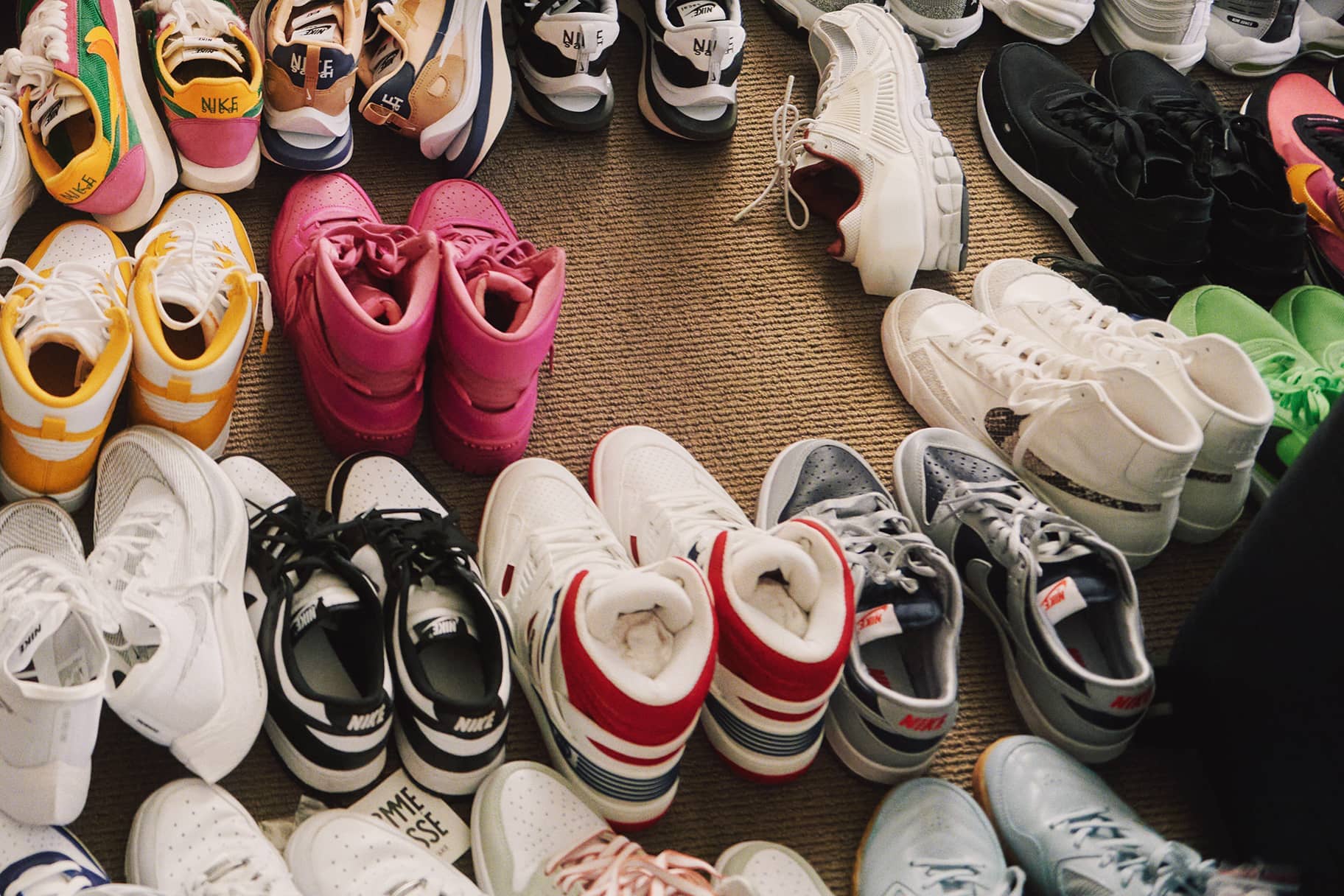

Articles
How To Store Shoes
Modified: January 7, 2024
Looking for articles on how to store shoes? Discover techniques and tips to keep your footwear organized and well-maintained.
(Many of the links in this article redirect to a specific reviewed product. Your purchase of these products through affiliate links helps to generate commission for Storables.com, at no extra cost. Learn more)
Introduction
When it comes to our beloved shoe collections, finding the right storage solution is essential. Properly storing our shoes not only keeps them organized and protected, but it also helps to extend their lifespan. Whether you have a small shoe collection or an extensive array of footwear, having an effective storage plan in place is crucial.
In this article, we will explore various tips and techniques to store your shoes in a way that maximizes their preservation while saving you valuable space. From cleaning and preparing your shoes for storage to organizing and maintaining them, we will cover all aspects of shoe storage. So, let’s dive in and discover how to keep your shoes pristine and ready to wear for years to come!
Key Takeaways:
- Proper shoe storage is crucial for maintaining the longevity and quality of your beloved footwear collection. From finding the right storage space to implementing proper maintenance, these tips will keep your shoes in pristine condition for years to come.
- Organizing your shoe collection and utilizing suitable storage solutions not only protects your shoes but also allows you to showcase and access them with ease. By following these tips, you can create an efficient and visually appealing shoe storage system that preserves your footwear for the long haul.
Read more: How To Store Thigh High Boots
Finding the Right Storage Space
Before you start organizing your shoes, it’s vital to assess your available storage space. The size and layout of your storage area will influence the storage solutions you can implement. Here are a few key considerations:
- Closet Space: If you have a spacious closet, utilize shelves, shoe racks, or hanging organizers to maximize storage. Consider utilizing the vertical space by using hooks or pockets on the inside of closet doors.
- Underbed Storage: Utilize the space under your bed by investing in underbed storage containers specifically designed for shoes. These containers usually come with dividers or individual slots for each pair of shoes, keeping them easily accessible and protected.
- Wall-mounted Solutions: Look for wall-mounted shoe racks or shelves that can help save valuable floor space. These are especially useful if you have limited closet space but ample wall space.
- Entryway Shoe Storage: If you frequently need to access your shoes near the front door, consider installing a shoe rack or cubby near the entrance. This will keep your shoes organized and easily accessible when you’re heading out the door.
- Modular Storage Systems: For those who have constantly changing storage needs, modular storage systems are a versatile option. These systems usually consist of stackable units that can be customized and rearranged as needed.
Remember, it’s crucial to find a storage solution that suits your needs and space constraints. Consider the number of shoes you have, the types of shoes you own, and the accessibility you desire when choosing a storage method.
Once you have determined the right storage space for your shoes, it’s time to move on to the next step: cleaning and preparing your shoes for storage.
Cleaning and Preparing Your Shoes for Storage
Before storing your shoes, it’s important to properly clean and prepare them to maintain their quality during storage. Here are some steps to follow:
- Wipe Down: Start by wiping down the exterior of each shoe with a clean, damp cloth. This will help remove dirt, dust, and any surface stains.
- Remove Debris: Check the soles and grooves of your shoes for any stuck-on dirt or debris. Use a toothbrush or a soft brush to gently scrub away any caked-on dirt.
- Treat Stains: If you have any stubborn stains, apply a small amount of mild soap or a specialized Shoe Stain Remover and gently rub it in with a soft cloth. Be sure to follow the product instructions and test it on a small, inconspicuous area first.
- Dry Thoroughly: Allow your shoes to air dry completely before storing them. Avoid using direct heat sources, such as a hairdryer, as this can damage certain shoe materials.
- Protective Measures: For leather shoes, apply a leather conditioner or protector to keep the material nourished and prevent cracking. For suede or nubuck shoes, use a suede brush to restore the nap and remove any surface dirt.
- Stuff with Inserts: To help maintain the shape of your shoes, stuff them with acid-free tissue paper, shoe inserts, or even clean socks. This will prevent them from becoming misshapen during storage.
- Consider Odor Control: If you have shoes that tend to develop unpleasant odors, sprinkle baking soda or place odor-absorbing inserts inside each shoe before storing them. This will help keep them smelling fresh.
By following these cleaning and preparation steps, you can ensure that your shoes are in optimal condition before going into storage. Now that your shoes are clean and ready, it’s time to organize them in a way that makes it easy to find and access each pair.
Organizing Your Shoe Collection
Organizing your shoe collection not only saves you time and effort when searching for a specific pair, but it also helps to protect your shoes from damage. Here are some tips for effective shoe organization:
- Categorize by Type: Start by categorizing your shoes into different types such as sneakers, heels, boots, sandals, etc. This will make it easier to find the specific type of shoe you’re looking for.
- Sort by Season: If you have a large shoe collection and limited space, consider sorting your shoes by season. Store out-of-season shoes in a separate location, such as underbed storage containers or in a designated area in your closet.
- Utilize Clear Containers: Use clear plastic containers or shoeboxes to store and stack your shoes. This allows you to easily see and access each pair without having to open multiple boxes.
- Label or Take Photos: To help identify your shoes at a glance, label your containers or take photos of the shoes inside and attach them to the outside of the containers. This is particularly useful if you have similar-looking shoeboxes.
- Consider Display Options: If you have shoes that are worthy of display, such as designer heels or unique sneakers, consider investing in wall-mounted display shelves or glass cabinets. This not only showcases your prized shoes but also keeps them protected and easily accessible.
- Arrange by Color or Style: Another popular method of organizing shoes is by arranging them by color or style. This visually appealing arrangement makes it easy to find the perfect pair to complement your outfit.
- Rotate Your Shoes: To prevent excessive wear and tear on your favorite pairs, rotate the shoes you wear regularly. This allows your shoes to rest and maintain their quality for a longer period.
Remember, the key to effective shoe organization is finding a system that works for you. Experiment with different methods until you find one that fits your space and lifestyle. With your shoes now organized, let’s explore some popular shoe storage solutions to optimize your storage space.
Shoe Storage Solutions
When it comes to shoe storage, there are numerous solutions available to suit various needs and preferences. Here are some popular options:
- Shoe Racks: Shoe racks are a common and straightforward storage solution. They come in various sizes and styles, including freestanding racks, hanging racks, and over-the-door racks. Shoe racks provide easy access to your shoes and are particularly useful for those with limited closet space.
- Shoe Cubbies: Shoe cubbies are open shelves or compartments specifically designed for shoe storage. They are ideal for entryways or mudrooms and allow you to neatly stack and organize your shoes. Some shoe cubbies even come with additional hooks or compartments for storing accessories like hats or scarves.
- Shoe Cabinets: Shoe cabinets are enclosed storage units that offer a more streamlined and organized look. They typically have multiple shelves or drawers to keep your shoes hidden from view. Shoe cabinets are an excellent choice for those who prefer a clutter-free and aesthetic storage solution.
- Underbed Storage Containers: Utilizing the unused space under your bed is a great way to store shoes while saving space. Underbed storage containers designed specifically for shoe storage usually have individual compartments or dividers to keep your shoes protected and easily accessible.
- Shoe Bags: Shoe bags are a practical solution for those who often travel or need to store shoes in small spaces. These lightweight and compact bags are designed to hold one or two pairs of shoes and offer protection against dust and scuffs.
- DIY Solutions: If you enjoy crafts and DIY projects, consider creating your own shoe storage solutions. From repurposing bookshelves or wine crates to making custom shoe shelves from PVC pipes, the possibilities are endless. DIY solutions allow you to personalize your shoe storage while being cost-effective.
Choose a shoe storage solution based on your available space, the size of your shoe collection, and your organizational preferences. Remember, the key is to keep your shoes protected, easily accessible, and visually appealing.
Now that you have found the right storage space, cleaned and prepared your shoes, and organized them with suitable storage solutions, it’s important to maintain them for long-term storage. Let’s move on to the next step – proper maintenance.
Store shoes in a cool, dry place away from direct sunlight to prevent fading and damage. Use shoe racks or clear plastic containers to keep them organized and easily accessible.
Read more: How To Store Knee High Boots
Proper Maintenance for Long-term Storage
Proper maintenance is crucial when storing your shoes for an extended period. By taking the following steps, you can ensure that your shoes remain in excellent condition while in storage:
- Keep Them Dry: Moisture can lead to mold, mildew, and deterioration of shoe materials. Make sure your shoes are completely dry before storing them. If necessary, use a dehumidifier or place silica gel packs in the storage containers to absorb any excess moisture.
- Avoid Sunlight Exposure: Direct sunlight can cause fading and discoloration to your shoes. Store them in a cool, dark place to protect them from UV damage.
- Protect from Dust and Dirt: Cover your stored shoes with a clean cloth or shoe bags to prevent dust and dirt from settling on them. This extra layer of protection will help maintain their cleanliness.
- Avoid Extreme Temperatures: Extreme temperature fluctuations can damage certain shoe materials. Avoid storing your shoes in areas that are too hot, too cold or prone to drastic temperature changes.
- Regularly Inspect and Air Them Out: Once every few months, inspect your stored shoes for any signs of damage or pests. Air them out in a well-ventilated area to prevent mustiness.
- Consider Storing in Shoe Trees: If you have delicate or high-end shoes, consider using shoe trees to help maintain their shape and prevent creasing. Shoe trees also absorb moisture and play a role in preventing odor buildup.
By following these maintenance practices, you can ensure that your shoes are well taken care of while in long-term storage. Now, let’s explore some specific tips for storing different types of shoes.
Tips for Storing Specific Types of Shoes
When it comes to storing different types of shoes, it’s important to consider their unique characteristics and materials. Here are some tips for storing specific types of shoes:
- Leather Shoes: Store leather shoes in a cool, dry place away from direct sunlight. Stuff them with acid-free tissue paper or shoe inserts to maintain their shape. Avoid storing leather shoes in plastic bags, as they need to breathe.
- Sneakers: Clean sneakers thoroughly before storing them, removing any dirt or stains. Air-dry them completely and stuff them with tissue paper or sneaker inserts. Avoid storing sneakers stacked on top of each other to prevent deformation.
- Boots: To prevent creasing, use boot shapers or pool noodles to maintain their shape while in storage. Clean and polish them before storing and consider stuffing them with acid-free tissue paper to prevent wrinkling or slouching.
- High Heels: Store high heels individually or use specially designed shoe slots to prevent them from leaning or toppling over. Consider using heel protectors to prevent any damage to the heel tips during storage.
- Delicate Shoes: For delicate or embellished shoes, wrap them individually in acid-free tissue paper before placing them in boxes or fabric drawstring bags. This will help protect delicate detailing and prevent any scratching or snagging.
- Athletic Shoes: Clean athletic shoes thoroughly, removing any dirt or mud. Remove the insoles and wash them separately. Air-dry the shoes completely, avoiding direct heat sources. Store them in a well-ventilated area to prevent any unpleasant odor buildup.
- Sandals and Flip-Flops: Clean sandals and flip-flops before storage, removing any dirt or debris. Keep them in individual shoe bags or fabric pouches to prevent scratching and to keep them organized.
Remember to always refer to any manufacturer instructions or specific care guidelines for your shoes. By following these tips, you can properly preserve and protect your shoes while they are in storage.
Now, let’s address some frequently asked questions about shoe storage.
Frequently Asked Questions (FAQs)
Q: How should I store my shoes to prevent them from getting damaged?
A: To prevent damage, store your shoes in a cool, dry place away from direct sunlight. Use proper storage containers or racks that provide adequate ventilation and protection from dust and dirt.
Q: Can I store shoes in plastic bags?
A: It’s best to avoid storing shoes in plastic bags as they can trap moisture and lead to mold or mildew growth. Instead, opt for breathable storage solutions such as fabric shoe bags or acid-free tissue paper.
Q: How often should I clean and inspect my stored shoes?
A: It’s a good practice to inspect and clean your stored shoes every few months. This allows you to detect any signs of damage, pests, or odor buildup and take necessary action promptly.
Q: What should I do if my shoes develop a musty odor while in storage?
A: If your shoes develop an unpleasant odor, sprinkle baking soda inside each shoe or use odor-absorbing inserts. You can also place dryer sheets or activated charcoal near the shoes to help eliminate the odor.
Q: How long can I store my shoes without wearing them?
A: Shoes can generally be stored for several months to a year without wearing them. However, it’s important to periodically inspect and air them out to maintain their condition.
Q: Should I store my shoes with or without shoe trees?
A: Shoe trees can be beneficial for maintaining the shape of certain shoes, especially delicate or high-end ones. However, it’s not necessary for all types of shoes. Assess the material and structure of your shoes to determine if using shoe trees is suitable.
Q: Is it necessary to store shoes in their original boxes?
A: Storing shoes in their original boxes can provide additional protection, especially for delicate or designer shoes. However, it may not be practical for shoes with limited storage space. Clear containers or shoe racks are suitable alternatives for organized storage.
Q: Can I store shoes in a basement or garage?
A: Basements and garages are generally not the ideal storage locations for shoes due to potential moisture, temperature fluctuations, and pests. If you must store shoes in these areas, take extra precautions to protect them from these factors.
These are some common questions related to shoe storage. If you have further inquiries or concerns, it’s always best to consult shoe experts or refer to specific care instructions provided by shoe manufacturers.
With all the information and tips provided, you’re now equipped to store your shoes effectively and maintain their longevity. So go ahead, organize your shoe collection, and enjoy a clutter-free and well-preserved shoe storage space!
Conclusion
Proper shoe storage is essential for keeping your beloved shoe collection organized, protected, and in excellent condition. By following the tips and techniques outlined in this article, you can ensure that your shoes remain pristine and ready to wear for years to come.
Start by finding the right storage space that suits your needs and available area. Clean and prepare your shoes by wiping them down, removing debris, and treating any stains. Organize your shoe collection by categorizing them, sorting by season, and utilizing clear containers or display options.
Consider various shoe storage solutions such as racks, cubbies, cabinets, or even DIY options to maximize your storage space. Implement proper maintenance practices by keeping your shoes dry, protecting them from sunlight, and regularly inspecting and airing them out.
Take into account the specific needs of different types of shoes such as leather, sneakers, boots, and delicate shoes when storing them. And remember to periodically clean and maintain your stored shoes to avoid any damage or odor buildup.
By addressing commonly asked questions and providing helpful answers, we hope to have addressed any concerns you may have had regarding shoe storage. If you have further inquiries or need assistance, consult shoe experts or refer to manufacturer guidelines.
Now, armed with the knowledge and strategies shared in this article, you can create an organized and efficient shoe storage system that not only protects your shoes but also showcases your collection with pride.
So, go ahead, dive into your shoe collection, and start implementing these storage techniques. Your shoes will thank you as they remain in excellent condition, ready for you to step out in style!
Frequently Asked Questions about How To Store Shoes
Was this page helpful?
At Storables.com, we guarantee accurate and reliable information. Our content, validated by Expert Board Contributors, is crafted following stringent Editorial Policies. We're committed to providing you with well-researched, expert-backed insights for all your informational needs.
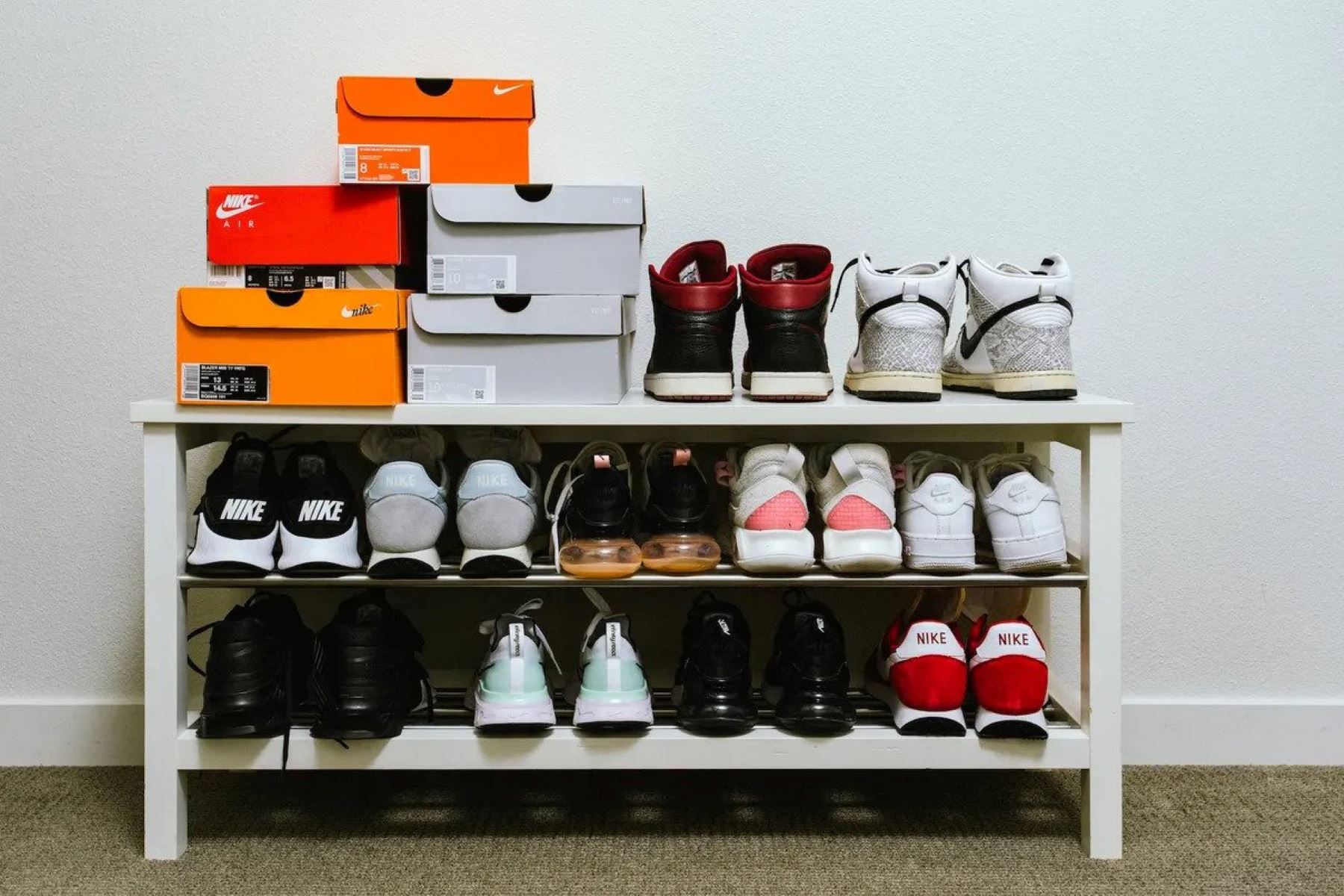
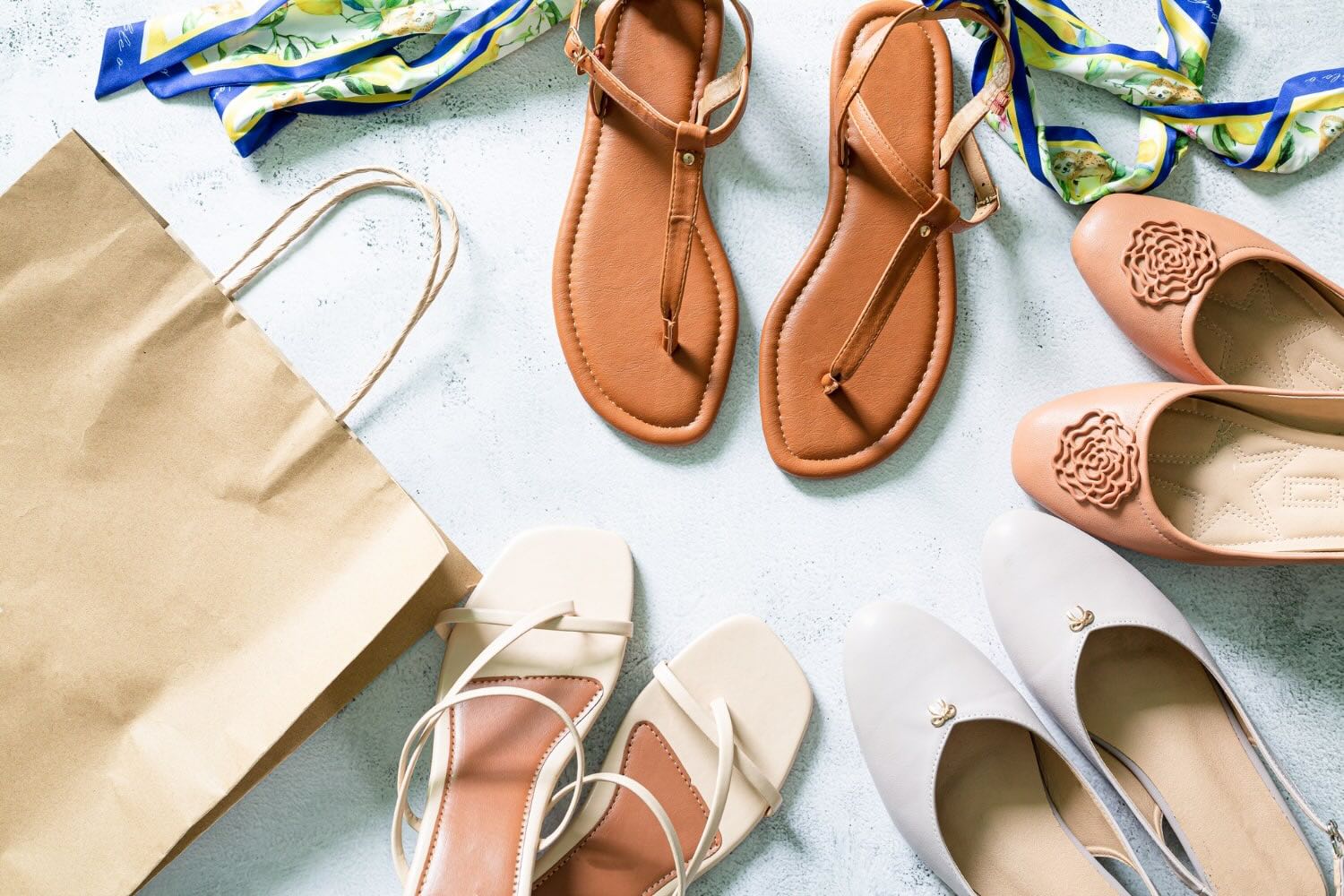
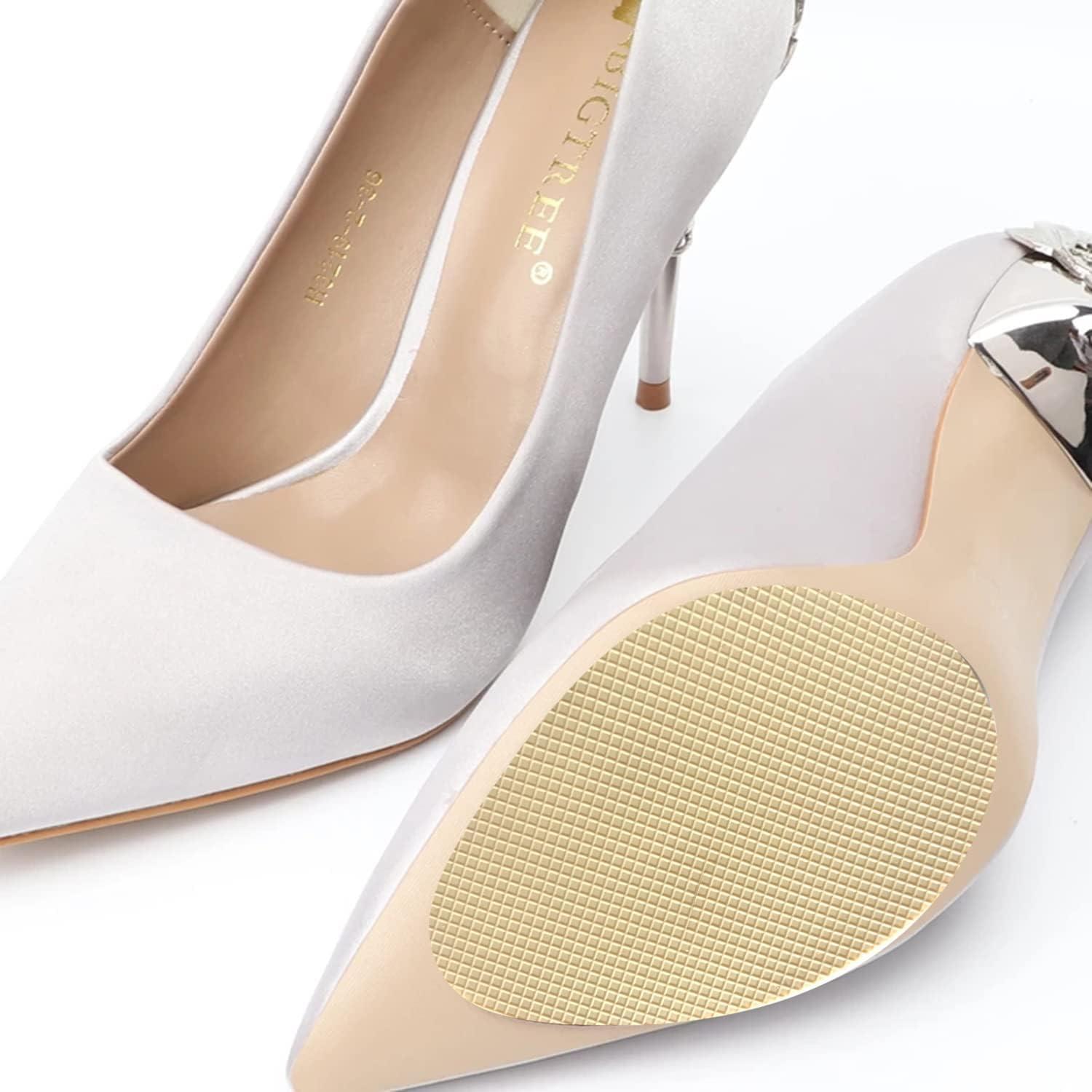
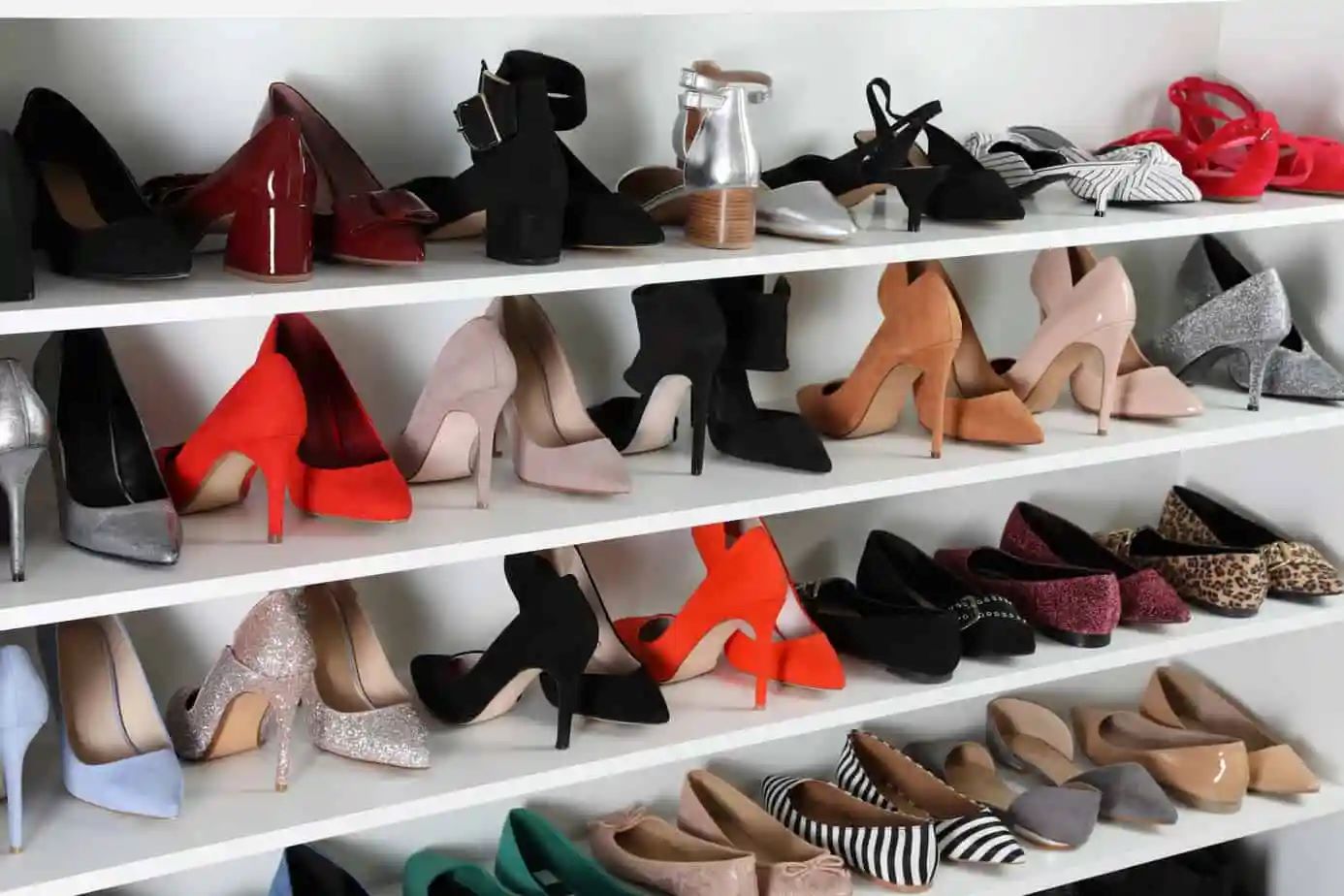
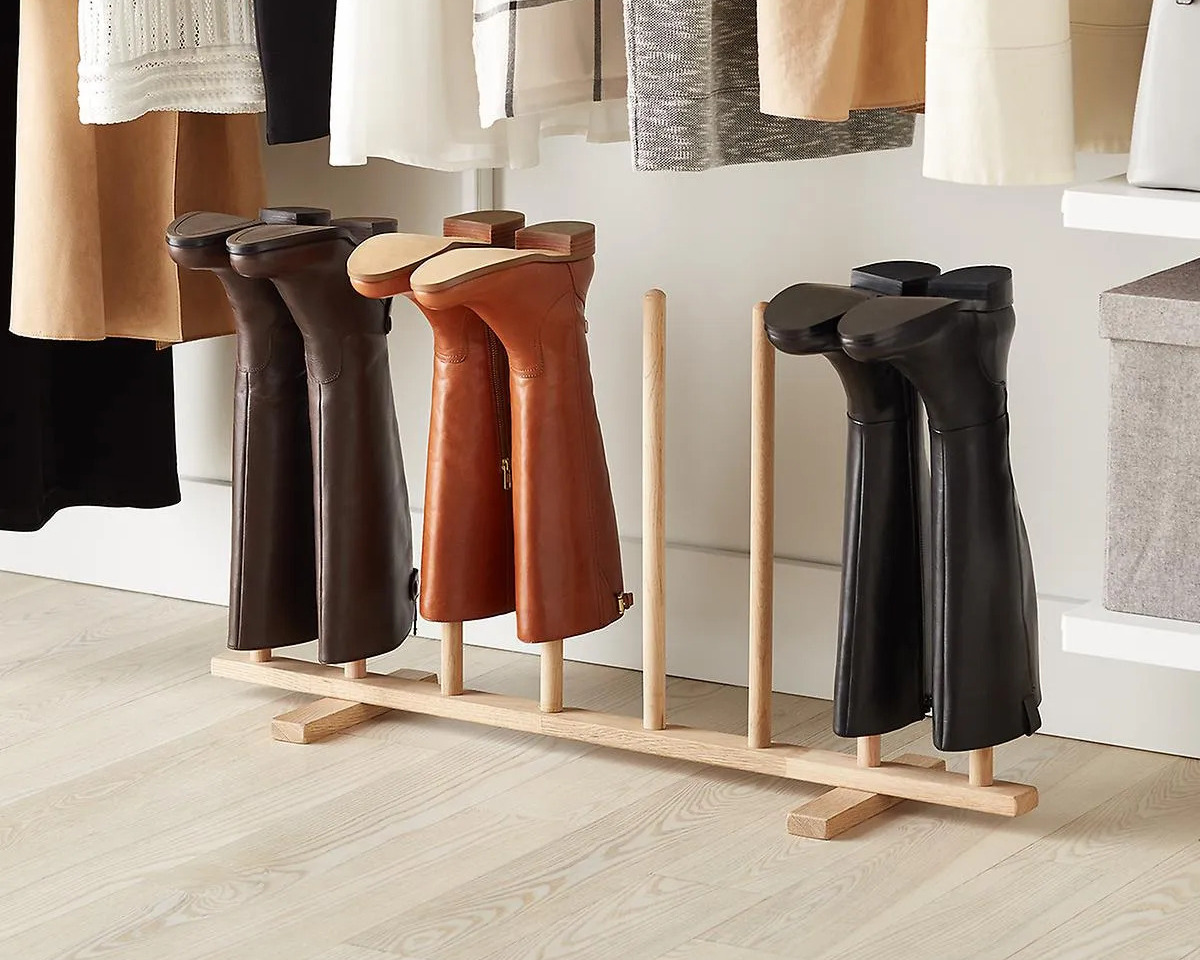
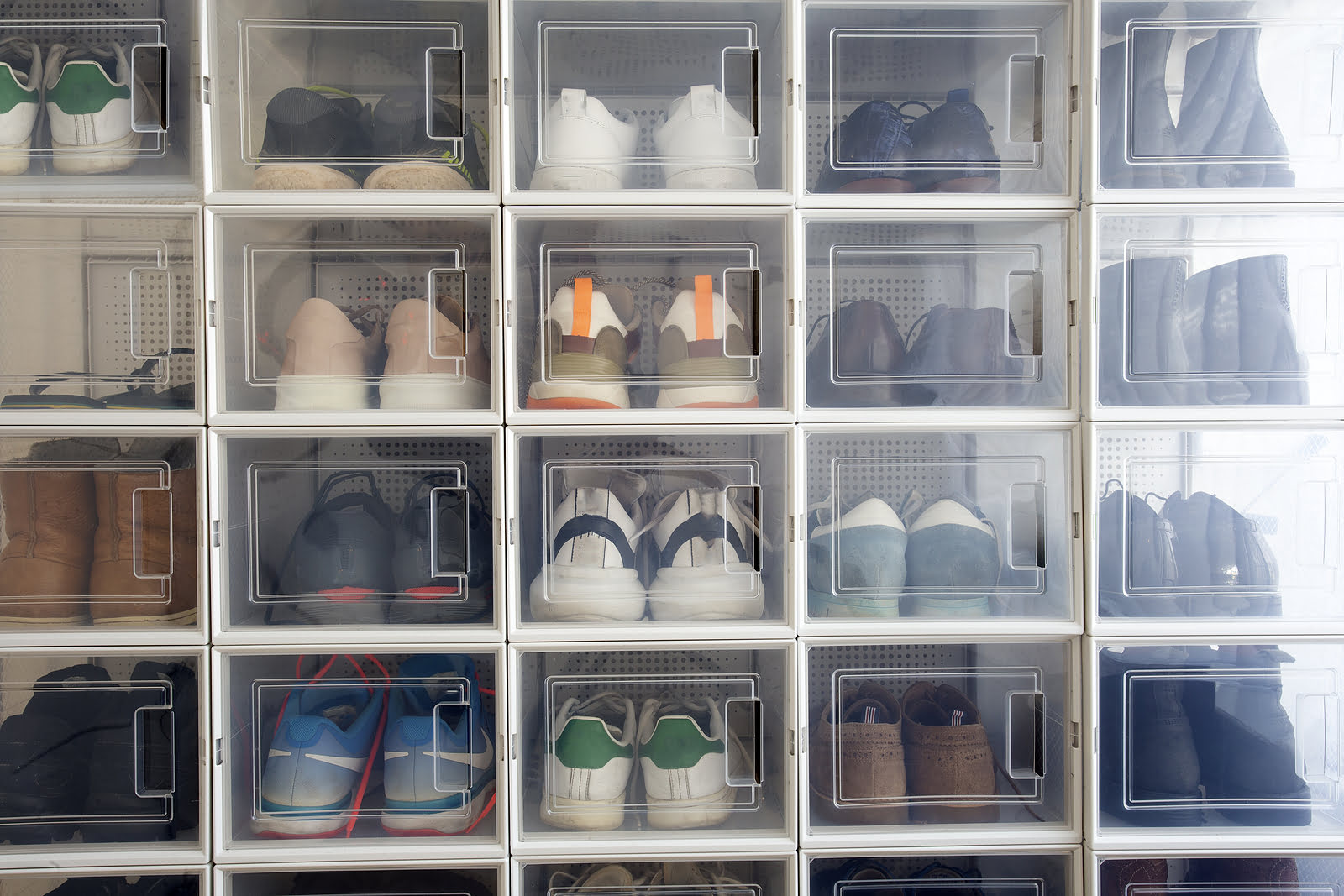
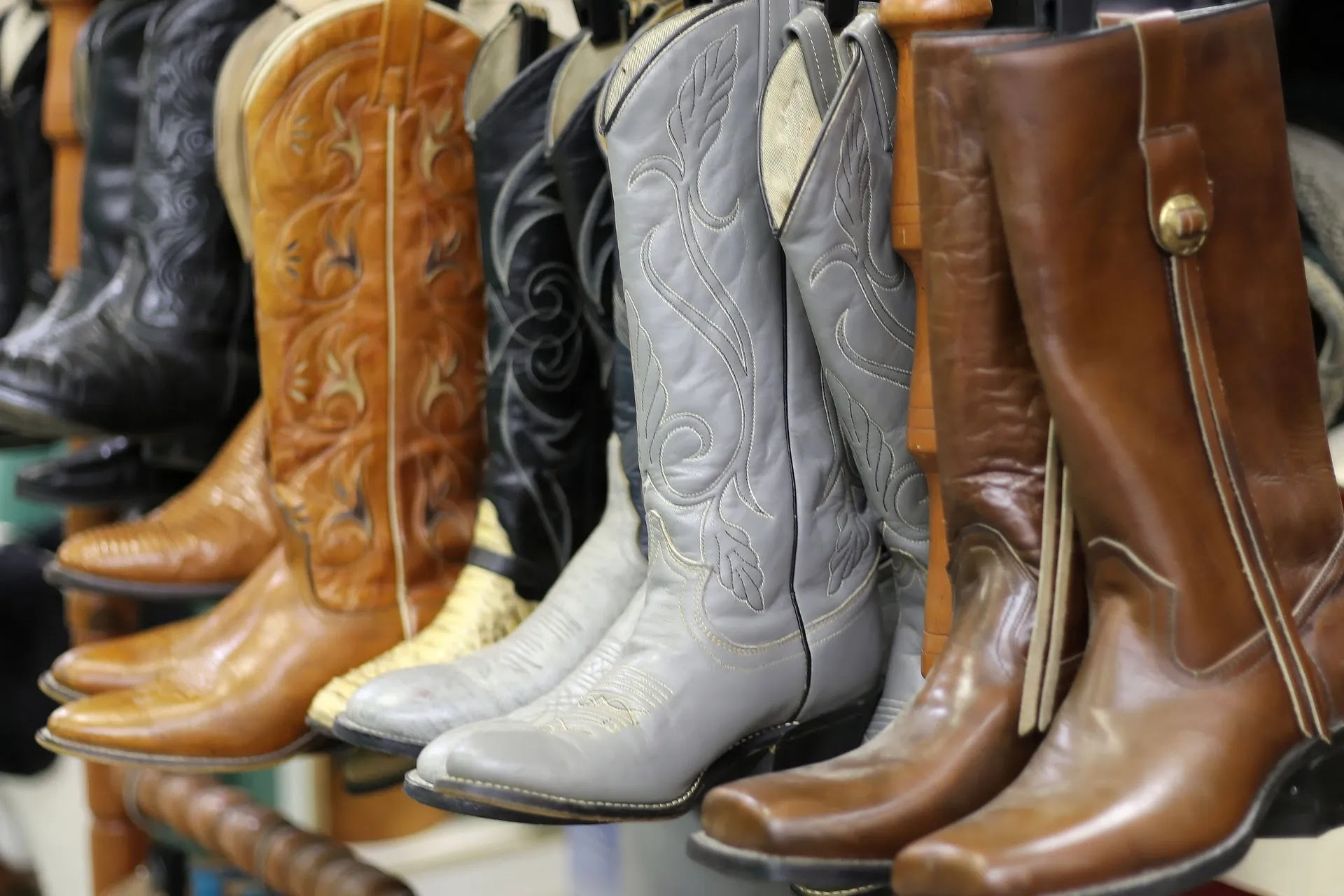
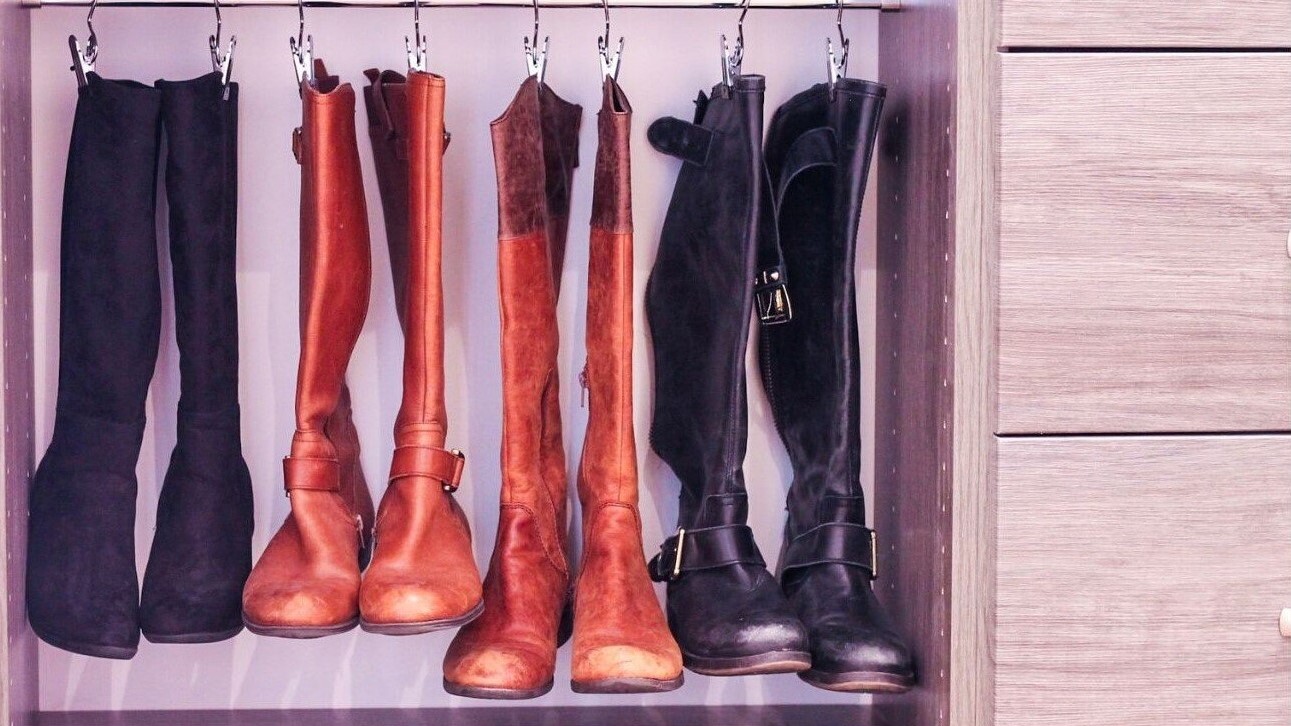
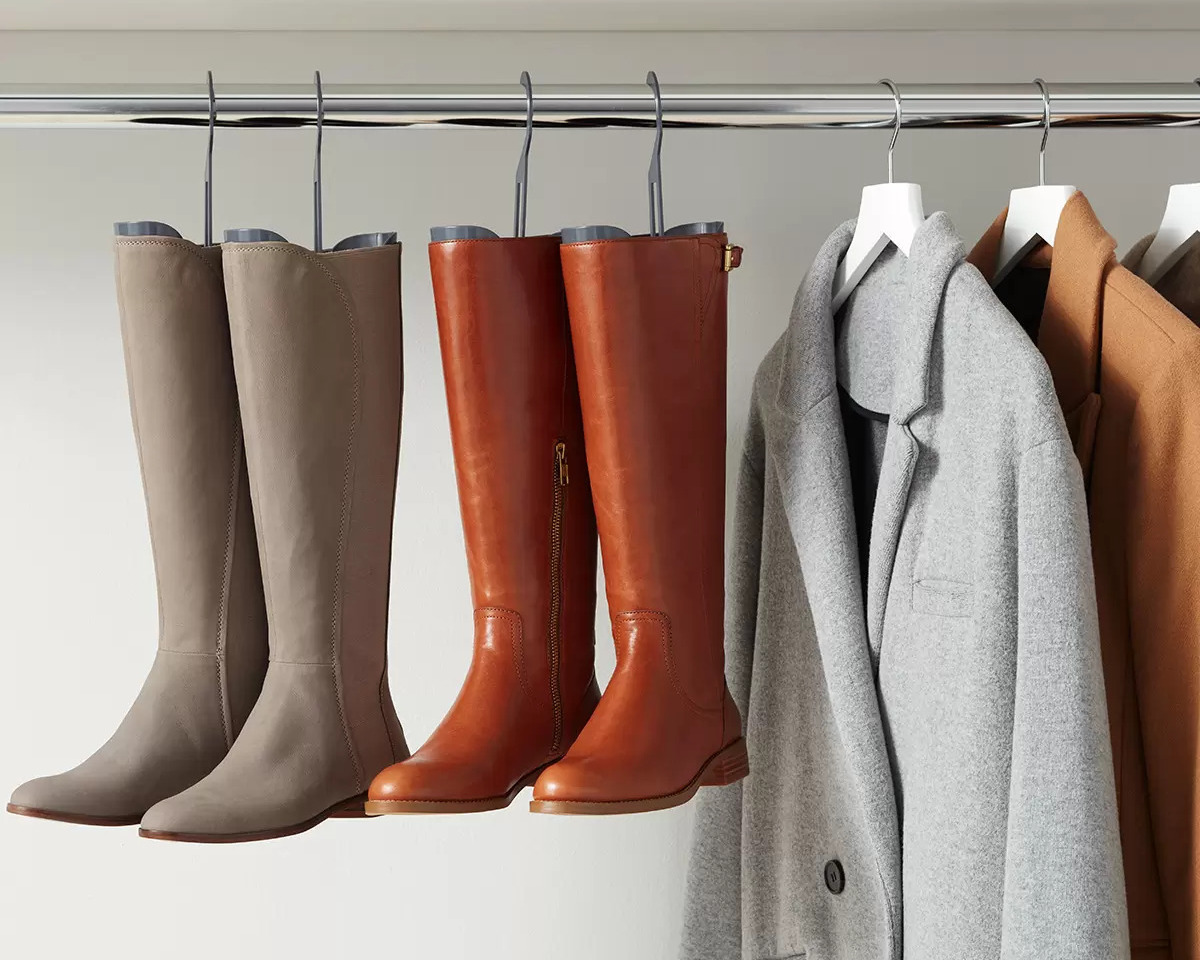
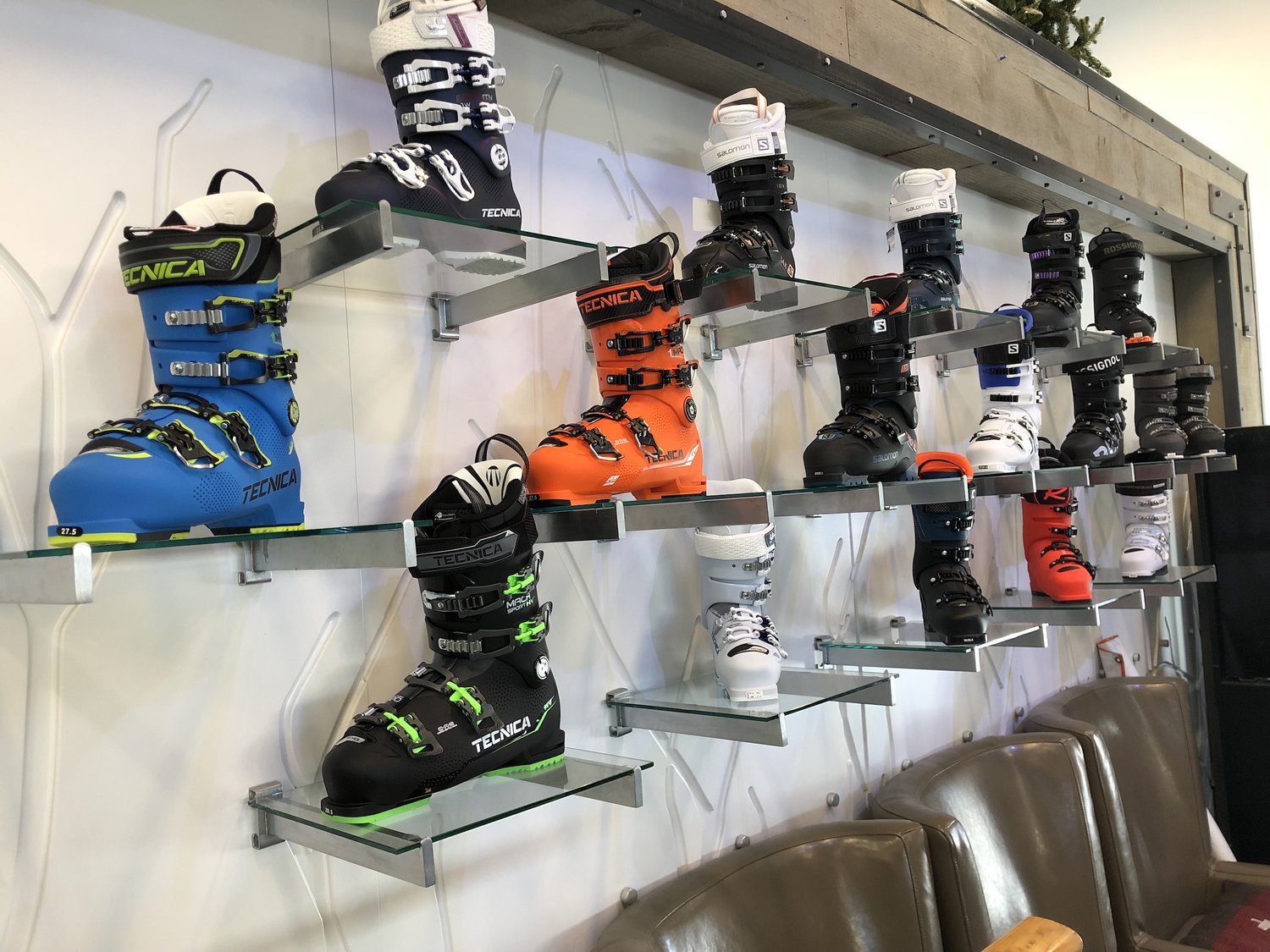
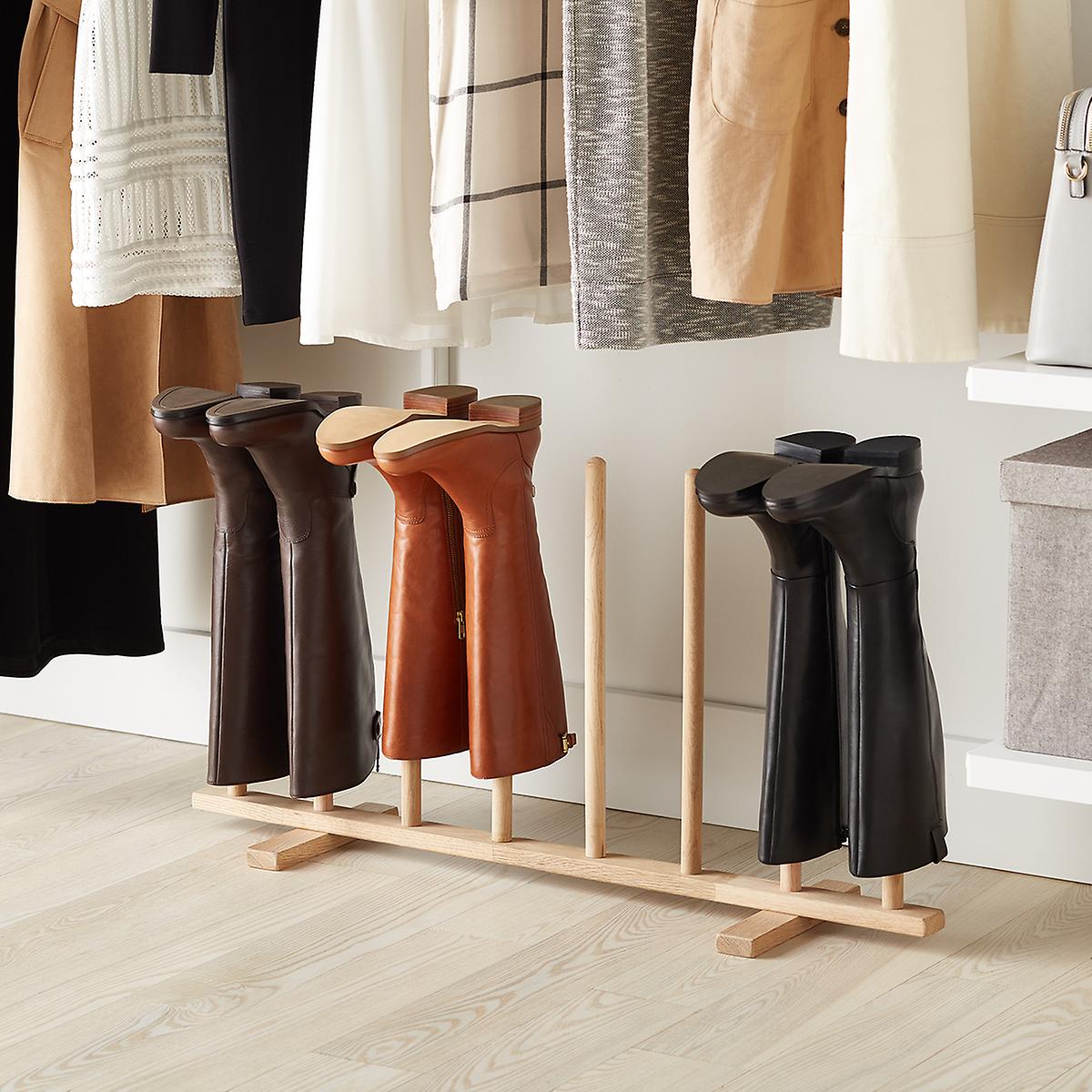
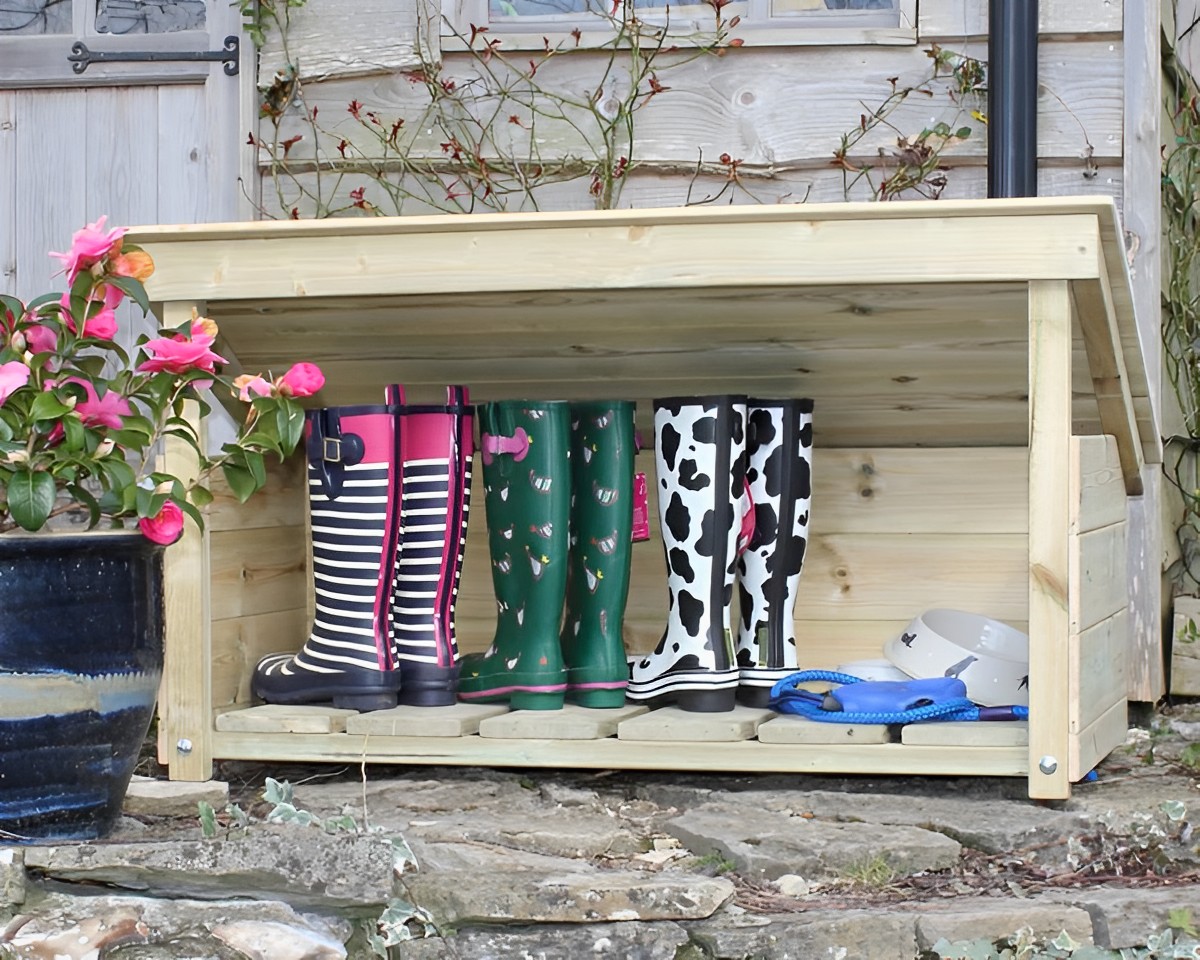
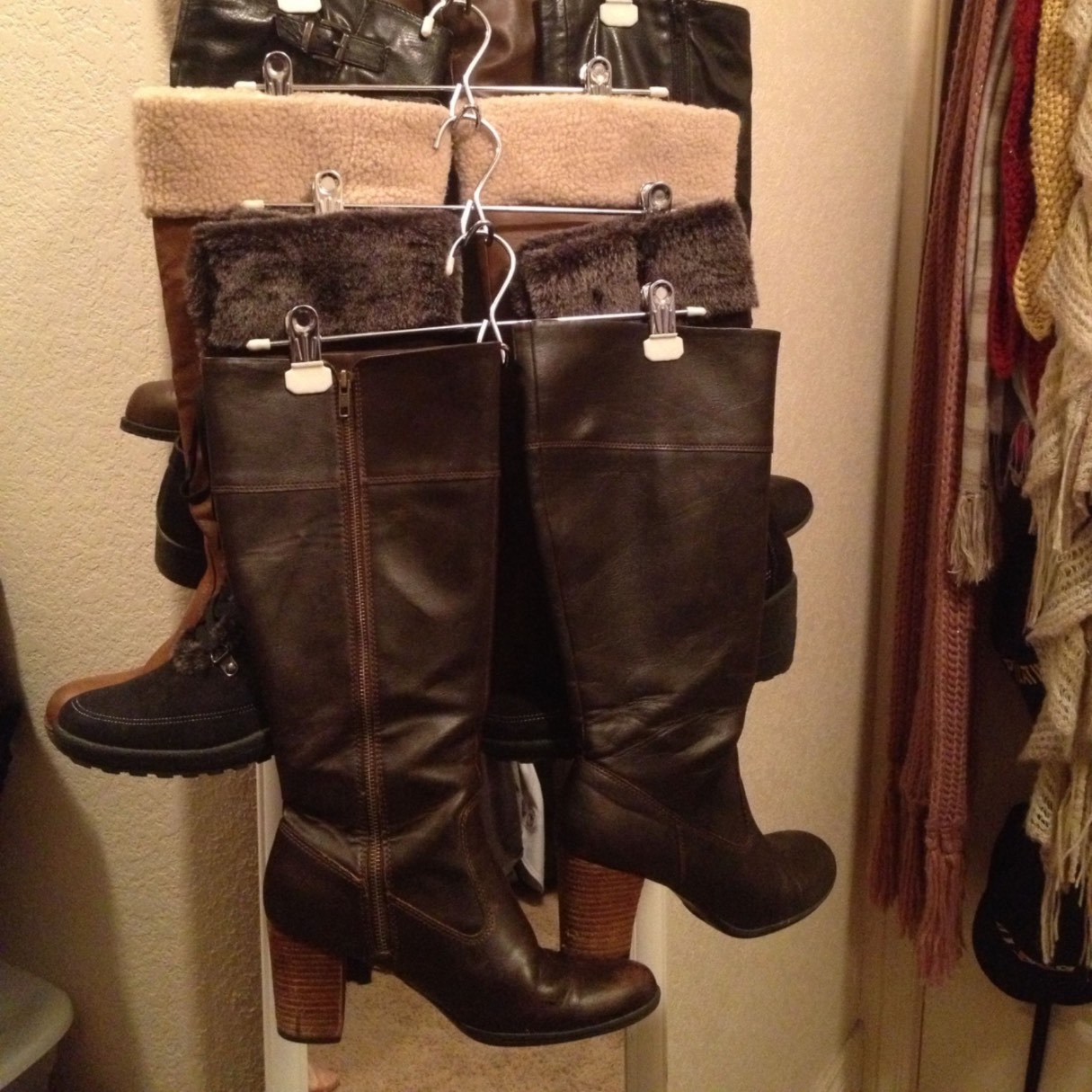
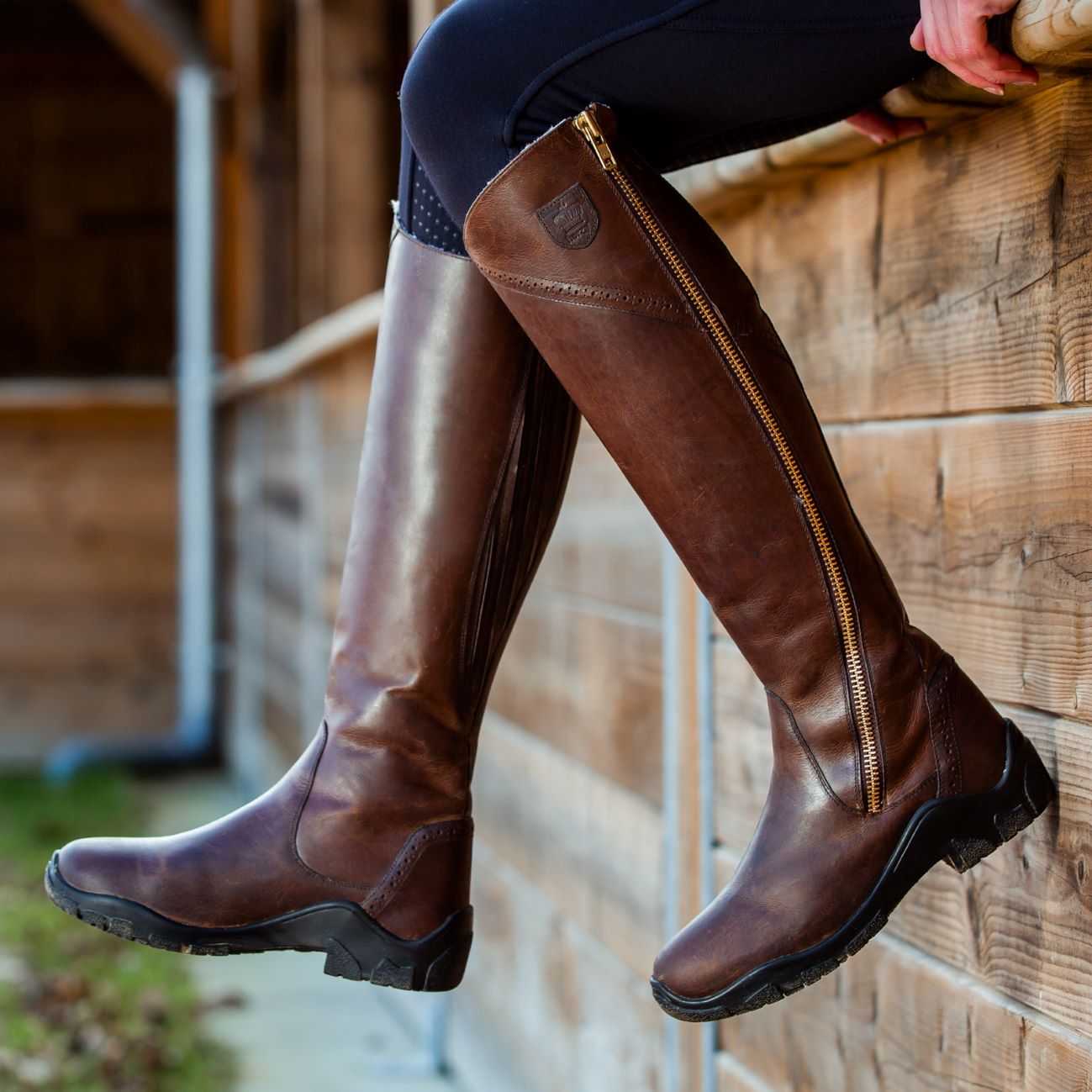

0 thoughts on “How To Store Shoes”